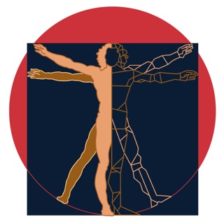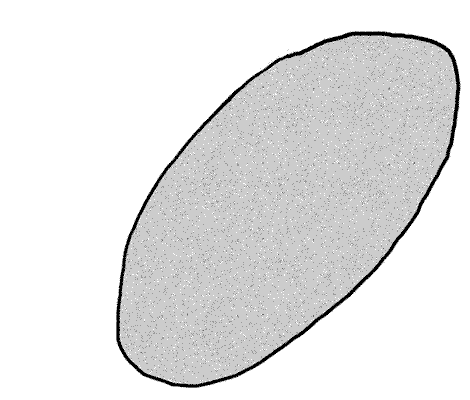A pervasive question not only in Cognitive Archeology but also in all sciences using the evolutionary framework is this, when and how did the evolution of cognition take place? This has been the crux of the debate that has been raging since the early beginnings of the discipline. School of thoughts on this matter can be divided into two camps. The first school of thought is where environmental factors are the cause of behavioral and biological evolution, which ultimately leads to cognitive evolution while the second school of thought argues that autocatalytic changes were the major cause of cognitive evolution. Considering the position of the two camps, answering the when and how of the evolution of cognition would be akin to the chicken and egg question. Did environmental factors cause the evolution of cognition or did autocatalytic changes began in the mind and that response to environmental factors merely reflect that which began in the mind already. Such issues are … [Read more...]
The Schlanger alternative: Understanding Cognition through a deeper understanding of the technological processes in the Levallois technique.
What mental processes run in the minds of pre-historic stone knappers when they made stone tools? Do they have already have a mental image in mind when the made their stone tools? Is their design deliberate or is the output merely a response to external circumstances and constraints? How do we hypothesize what goes inside the minds of pre-historic knappers through the stone tools that they made? (Picture courtesy of wikipedia) French cognitive Archeologist Nathan Schlanger has categorized the approaches to the interpretation of stone tools more specifically those made using the Levallois technique as belonging to the “Standard” and “reactionary” claim camps. He defines “Standard claims” as an approach that assumes that the Levallois stone knapper had a clear mental image of the product and the procedure to be realized. In other words this approach assumes a mental “pre-determination” on the design of the stone tool on the part of the stone knapper. The “Standard claims” … [Read more...]
7 Reasons why “The Prehistory of the mind” has been more influential than anything that was written before in the history of Cognitive Archeology.
In 1996, former Cambridge University Lecturer in Archeology, Steve Mithen who also has a Ph.D in Archeology from Cambridge, published a book entitled “The Prehistory of the Mind” with the subtitle “A search for the origins of Art, Religion and Science.” In many respects, this book has been touted as being more influential than anything that is written before in the history of Cognitive Archeology. So what makes Mithen’s book so influential? The following are the reasons why I think this is so: 1.) It is very easy to read - If you ask me for a list of the top five recommended books to read on Cognitive Archeology, the “Pre-history of the mind” would probably be number one on my list. Having read thousand of pages of books and articles on cognitive archeology, this is probably the best one I have come across that is so easy to read. The reason for this is because Mithen intended this to be so. In the preface he wrote “I have tried to write a book that makes evidence from prehistory … [Read more...]
Archeology’s take on symbolism and the evolution of language
Between the late 1980s and early 1990s, language evolution became the subject of focus in archeological circles. Among the most influential articles written on the matter is the article written by archeologists’ Iain Davidson and Pscyhologist William Noble’s entitled “The Archeology of Perception” published in 1989. Davidson and Noble’s paper is considered as the most influential paper during this time because of its explicit theoretical stance. However another interesting article on the matter which was has equally important implications for archeologist was written by anthropologist, Martin Byers who wrote “Symboling and the Middle-Upper Paleolithic transition” in 1989. While Byer’s thoughts maybe have importance in cognitive archeology, his article is somewhat difficult to understand and I will try my best to dissect what he is trying to say and will try to compare the ideas conveyed in the two articles. For Davidson and Noble, a symbol is a part of what we know now as … [Read more...]
What the Piagetian perspective on the Palaeolithic revealed about the evolution of cognition that paleoarcheologist otherwise would not have known
In a nutshell the main thesis of the Piagetian perspective on Paleolithic evolution of cognition is that ontogeny recapitulates phylogeny. This simply means there is a parallelism between the development of a species’ thought processes and its evolution. Piaget himself called this idea as “a parallelism between the progress made in the logical rational organization of knowledge and the corresponding formative psychological processes.” Jean Piaget is a developmental psychologist who was known for his epistemological studies with children. He was greatly renowned as the pioneer of the “constructivist theory of knowing”. According to Piaget, intelligence develops in a series of progressive stages. One stage must be accomplished before the next can occur. He said that this phenomenon could be readily observed in the developmental stages that children go through. Applying the Piagetian perspective to the evolution of hominid’s by interpreting the archeological record in this … [Read more...]


